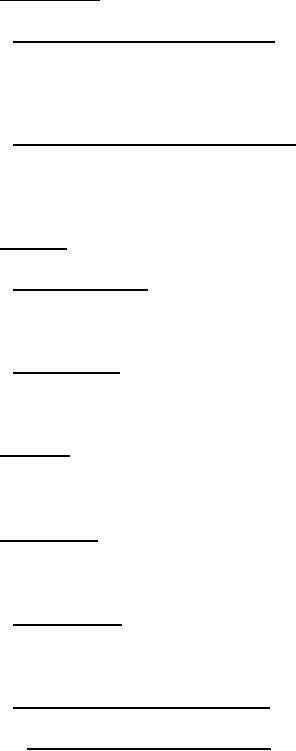 |
|||
|
|
|||
| ||||||||||
|
|  MIL-A-12560H (MR)
w/INT. AMENDMENT 4
APPENDIX A
A.3.2 Back spalling.
A.3.2.1 Plates 1/2 to 11/16 inch in thickness. Plates of these ordered thicknesses shall be
subjected to a back spall test consisting of firing two rounds of 20 mm M95 AP ammunition at a
0 obliquity at the test plate, the striking velocity shall be in the velocity range of 2500-2550
ft/sec. The maximum allowable back spall dimension shall be 1 5/8 inches.
A.3.2.2 Plates 3/4 inch and greater in thickness. Spalling shall not exceed 2.0 test projectile
diameters after proof firing at normal obliquity in accordance with the appropriate table of the
appendix, and shall not exceed 2.5 test projectile diameters in the case of oblique penetration
tests.
A.3.3 Cracking.
A.3.3.1 0 obliquity attack. Immediately after ballistic testing, plates subject to oblique attack
shall not develop any crack which, when measured from the center of impact, extends outside a
circle having a radius equivalent to twice the test projectile diameter.
A.3.3.2 Oblique attack. Immediately after ballistic testing, plates subjected to 0 obliquity attack
shall not develop any crack which when measured from the center of impact, extends outside a
circle having a radius equivalent to twice the test projectile diameters.
A.3.4 Rejection. Failure to meet any of the above requirements shall be cause for plate rejection.
A.4 TESTS
A.4.1 Ballistic tests. V50 ballistic tests shall be performed in accordance with USATECOM TOP
2-2-710, Ballistic Tests of Armor Materials to determine compliance with the requirements of
tables X through XVII.
A.4.1.1 Plate thickness. Plate thickness as measured by the ballistic test agency shall be used to
determine the required ballistic limit of the plate. The required ballistic limit shall be determined
by interpolation of the tables in the appendix, if necessary.
A.4.1.2 Lift hole requirement for test plates.
A.4.1.2.1 Ballistic acceptance testing plates.
a. Ballistic acceptance test plates for either class 1 or armor which are less that 2.751 inches
ordered thickness are to be supplied without a lifting hole.
b. Ballistic acceptance test plates for either class 1 or 3 armor which are 2.751 inches through
6.25 inches thick shall be provided with 3-inch diameter lifting holes, one in each of two
adjacent sides as shown in figure 1.
26
|
|
Privacy Statement - Press Release - Copyright Information. - Contact Us |